History
How the Idea of the College Campus Captured American Imaginations—And Politics
This week, students will return to campuses across the country. And the rest of the nation will be watching. With a presidential election looming and a destructive war waged by one of the country’s closest foreign allies ongoing, much attention will be paid this fall to college campuses, to protest encampments and campus speakers, to the excesses and enthusiasms of college sophomores. Which raises the question of why? Why the obsession with what goes on at a handful of college campuses, often framed in terms of “campus culture wars”?
The terms of our fixation are peculiar. Is there really one culture that characterizes several thousand campuses—community colleges, liberal arts colleges, research universities, for-profit universities, and so on—or even just a significant swath of them? The historian Samuel Catlin put it even more bluntly in an essay earlier this year: “the campus” he claimed, “does not exist.”
Now less than ever. The campus of our news cycles is overwhelmingly imagined as an elite institution—even though old stereotypes of leafy quads and ivy-covered buildings increasingly apply to only a subset of these institutions, one that is very small, getting smaller. Yet the attention paid to these schools, and the certainty about what goes on there, has only increased. Whatever it is, this imagined “college”—its students as much as its administrators—has run amok. We’re told that it used to be something—take your pick: a laboratory for ideas, a place of genuine debate—and it is now no longer that.
Perhaps then the problem isn’t that America’s colleges and the country’s population have grown apart. Perhaps it’s the opposite: Americans think they understand college too well. Many journalists, pundits and politicians seem fascinated with a fictionalized version of “the campus,” one that resembles a college they themselves attended. This narrowly imagined “campus” provides fodder for a reactionary Politics. It also diminishes our broader political debates and rehearses them largely as recycled campus panics.
Read More: The Protests That Anticipated Today's Gaza Solidarity Encampments
The story of our over-investment in “the campus” begins with more of us going in the first place. After World War II, the GI Bill brought more than 2 million Americans onto campuses, diversifying who went to college. And diversifying what those colleges looked like; new forms of tertiary education, from commuter schools and junior colleges (today’s community colleges) to for-profit vocational colleges, either developed or proliferated. Broader enrollment of Americans in institutions of higher education made more people invested in what went on there.
By the 1960s, as the children of the first generation of GI Bill beneficiaries entered college, their campuses sometimes became a staging ground for intergenerational coNFLicts. To some, the campus became the place where the children of American postwar affluence failed to live up to all that had been invested in them, opting instead for campus protest, radical Politics, and libertinism.
In the 1960s, college students joined in the civil rights movement in considerable numbers. In the fall of 1964, students at the University of California, Berkeley launched the Free Speech Movement, arguing for students’ right to free expression. Protests against the Vietnam War would soon occupy students at campuses across the country. All eyes were suddenly on the campus, or at least many campuses. “The campus” was poised to become a focal point for conservative anxieties about disruption and change.
Ronald Reagan harnessed those anxieties in his 1966 campaign for the governorship of California: “I don’t care if I’m in the mountains, the desert, the biggest cities of the state,” he claimed. “The first question is, ‘What are you going to do about Berkeley?’” Reagan was more than happy to supply what people wanted, providing lurid anecdotes of campus life—mostly pot, sex, and radicalism.
Reagan’s anti-Berkeley campaign provided a blueprint for reactionary Politics moving forward; going through a performance of disaffection from the university was a way to gesture towards (without always admitting) a broader disaffection with liberalism.
Thanks to the neoconservatives, who experienced the campus upheavals of the late '60s as an “invasion” of their idyll, as an expulsion from paradise, and who wrote endless books reflecting on it, a generation learned to make sense of their own drift towards the conservative end by positioning that drift as a reaction to things crazy lefties got up to on college campuses.
As Diana Trilling wrote in her recollections about the upheavals at Columbia in 1968, their fight was not over “the abstract idea of a university” but instead a defense of “the living University which must be sustained against a saner day.” By which they always meant their university: in the hands of these disaffected liberals, many of whom would wind up neocons, “the university” was a stand-in for their campus. That their campuses were usually elite enclaves, hardly reflective of the institutions most American students attended, didn’t seem to matter. Their genius lay in making the parochial appear global.
When it came to the campus, these figures—Norman Podhoretz, Midge Decter, Allan Bloom, but also Saul Bellow and Tom Wolfe—were influential as storytellers. In their novels, punditry, sociology, and journalism, their specific critiques varied—Bloom, for instance, criticized the modern university for its moral relativism, Wolfe for its obsession with status. But it was their overall perspective that shaped public discourse: “our” universities, as a whole, had lost their way.
So iNFLuential was the neoconservative generation writing over the next few decades that this perspective became largely synonymous with critiques of campus life: the idea that today’s college has fatally deviated from “the living University” of yore—yore being, as a rule, whenever the particular writer was last at a university.
Think of how easy it remains to convince people who have gone to college of the idea that certain books are “no longer” taught, or certain words are “no longer” allowed at college campuses. Anyone who has attended college, who has read a syllabus or gone through general education requirements, should know better.
For example, in 1988 we got the widely repeated claim that Alice Walker’s The Color Purple was “now assigned more often in college courses than all of Shakespeare’s plays combined.” It wasn’t true of course, courses on Shakespeare are still offered just about anywhere. But it was an easy cavil about slackening standards compared to one’s own college days, moreover one that was clearly about race without having to be too explicit about it.
Read More: Christopher Rufo’s Alarming and Deceptive Crusade Against Public Universities
This is the world of the panics about the Western Canon and about speech codes in the 1980s, the anti-feminist panic about campus sex, and eventually about political correctness in the early 1990s. As women and people of color made some inroads into these institutions, as old hierarchies seemed to give way just a little bit, a chorus of observers arrived to sell the broader public on on the furious reassertion of the status quo.
Many of the books that rehearsed these various campus cavils were bestsellers—from Allan Bloom’s The Closing of the American Mind (1987) to Philip Roth’s novel The Human Stain (2000). They portrayed worlds of professors unfairly accused, of over-sensitive students, of departments in the thrall of faddish theories and even more faddish social justice causes.
Few of these stories were entirely without basis, of course. But the 30-year discourse about “political correctness” made them “the” story of “the” university.
This obscured sea changes in the economic shifts shaping higher education: donors have become more powerful, tuition has soared, and tenure protections have eroded. Campus stories are particularly good at keeping us talking about exactly none of that, and obsessing instead over safe spaces, trigger warnings, and DEI.
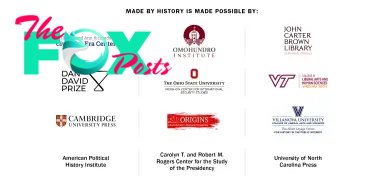
Attitudes and policies are not just made for the small swath of colleges and universities opinion makers obsess over. And yesterday’s moral panics still shape how colleges—many different types of colleges—are governed, and how they are funded.
By repeating these kinds of panics over “campus culture,” we have convinced ourselves that college students, as a rule, do college wrong. And that conviction always has a repressive side. This fall, that repression may well turn violent once again.
Adrian Daub directs the Michelle R. Clayman Institute for Gender Research at Stanford University and is the author of The Cancel Culture Panic (2024).
Made by History takes readers beyond the headlines with articles written and edited by professional historians. Learn more about Made by History at TIME here. Opinions expressed do not necessarily reflect the views of TIME editors.
Correction, Sept. 5: The original version of this story misstated when The Human Stain was published. It was 2000, not 2020.
-
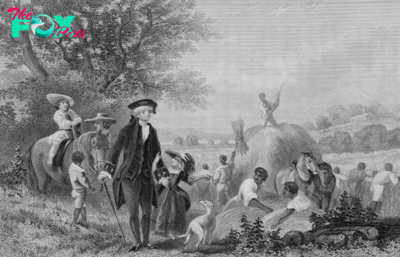
 History1d ago
History1d agoEven George Washington Was a Tyrant
-

 History2d ago
History2d agoWhat Democrats Can Learn from America’s First Black Voters
-

 History3d ago
History3d agoHow Celebrities Changed America’s Postpartum Depression Narrative
-
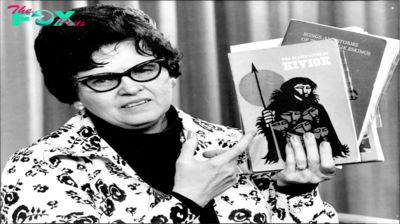
 History4d ago
History4d agoThe Woman Whose Crusade Gave Today’s Book-Banning Moms a Blueprint
-
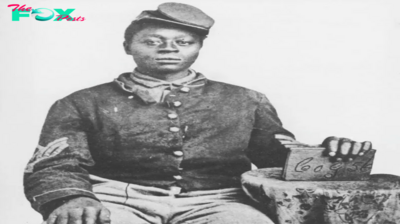
 History1w ago
History1w agoHow Black Civil War Patriots Should Be Remembered This Veterans Day
-
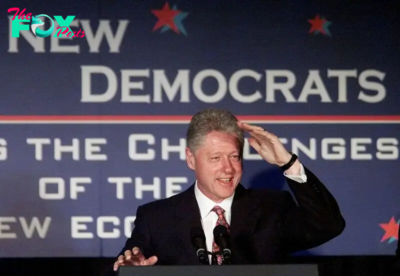
 History1w ago
History1w agoThe Democratic Party Realignment That Empowered Trump
-
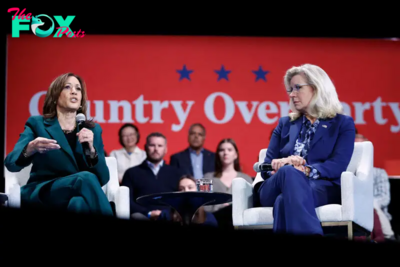
 History1w ago
History1w agoWhy People Should Stop Comparing the U.S. to Weimar Germany
-
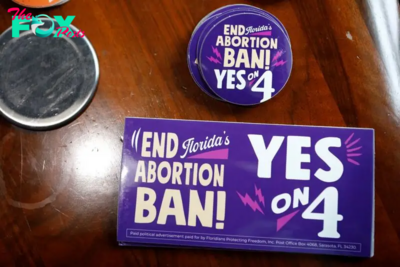
 History1w ago
History1w agoFlorida’s History Shows That Crossing Voters on Abortion Has Consequences

















